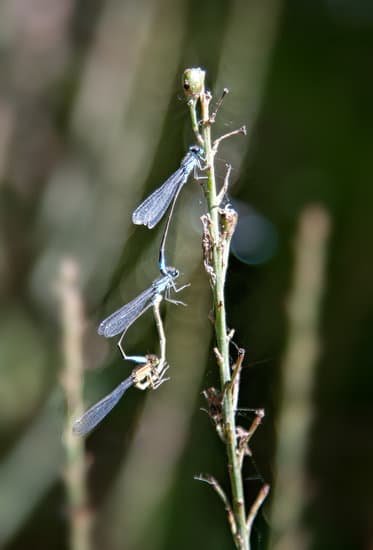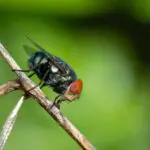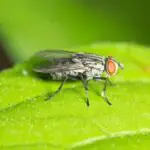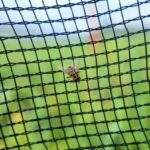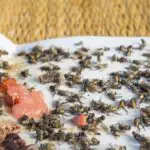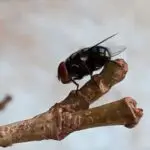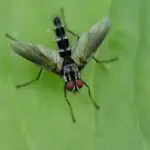How Can Flies Not See Red?
Insects are able to see various colours. However, their visual perception differs significantly from that of humans. Bees, for example, perceive colors more vividly. This adaptation allows bees to associate specific colors with certain kinds of nectar. Flies, on the other hand, see different colors less vividly. As a result, they don’t have the same sensitivity to red light.
As humans, flies have difficulty seeing red, which is why they are often called “red-blind.” Fly eyes are composed of a circuit that detects ultraviolet light. This special pigment is used to attract insects. In addition, it’s important to note that fly eyes are small and have a limited visual field, so it has to prioritize which light sources it needs to see. But, despite being small, fly eyes are still capable of detecting colors other than red.
While humans have eyes with lenses, flies have compound eyes that contain thousands of tiny visual receptors. These cells are called ommatidia, and the ommatidium in a fly’s eyes consists of eight segments. The combination of seven and eight ommatidia results in a clearer visual image.
Interestingly, the visual pigments in Drosophila are UV and blue-green-sensitive. They are distributed in the primary and secondary pigment cells of the compound eye. The corneal lens is composed of primary and secondary pigment cells and the crystalline cone is composed of secondary pigment cells. The pigment cells are arranged in an organ called rhabdom. Interestingly, the rhabdom is home to mobile pigment granules.
